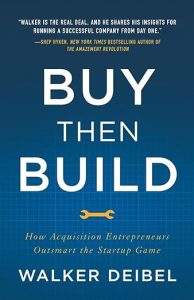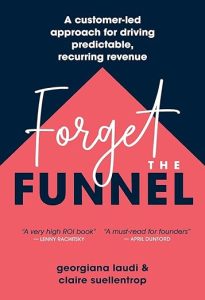Chunking
“This process – in which the brain converts a sequence of actions into an automatic routine is known as “chunking” and it’s at the root of how habits form.” – pg. 17
Left to its own devices the brain will try and chunk habits together so it can process all of the other information at it.
Basal ganglia
The basal ganglia are associated with a variety of functions including control of voluntary motor movements, procedural learning, habit learning, eye movements, cognition, and emotion. – via Wikipedia
Popular theories implicate the basal ganglia primarily in action selection – in helping to decide which of several possible behaviors to execute at any given time. In more specific terms, the basal ganglia’s primary function is likely to control and regulate activities of the motor and premotor cortical areas so that voluntary movements can be performed smoothly. Experimental studies show that the basal ganglia exert an inhibitory influence on a number of motor systems and that a release of this inhibition permits a motor system to become active. The “behavior switching” that takes place within the basal ganglia is influenced by signals from many parts of the brain, including the prefrontal cortex, which plays a key role in executive functions.
The habit loop
- Cue
- Routine
- Reward
- Craving – this is like Jim Collins flywheel example where it just puts you down the loop continuously.
How do cravings and addiction fit into all of this? If you have a habit that feeds an addiction…the habit never really goes away (alcohol example) you just replace it with different cues and routines to get a similar reward.
Strategies for creating new habits
- Replace the cue with something to distract you so you don’t start the routine
- Record every time you are triggered by a cue (biting nail example)
- Find another routine to get the same reward
Will Power
Willpower is key to the habit loop. If you exert a lot of willpower early in the day you will show less later in the day. This makes a lot of sense and deep down I knew it but was never able to understand why or put words to it.
Keystone habits.
Examples
- Reading
- Working out
- Cleaning my desk
- Going to bed early
Biggest Insight
“The problem is that your brain can’t tell the difference between bad and good habits, and so if you have a bad one, it’s always lurking there, waiting for the right cues and rewards.” – pg.20
Join The Newsletter
Get occasional emails from me when I publish new projects and articles.


